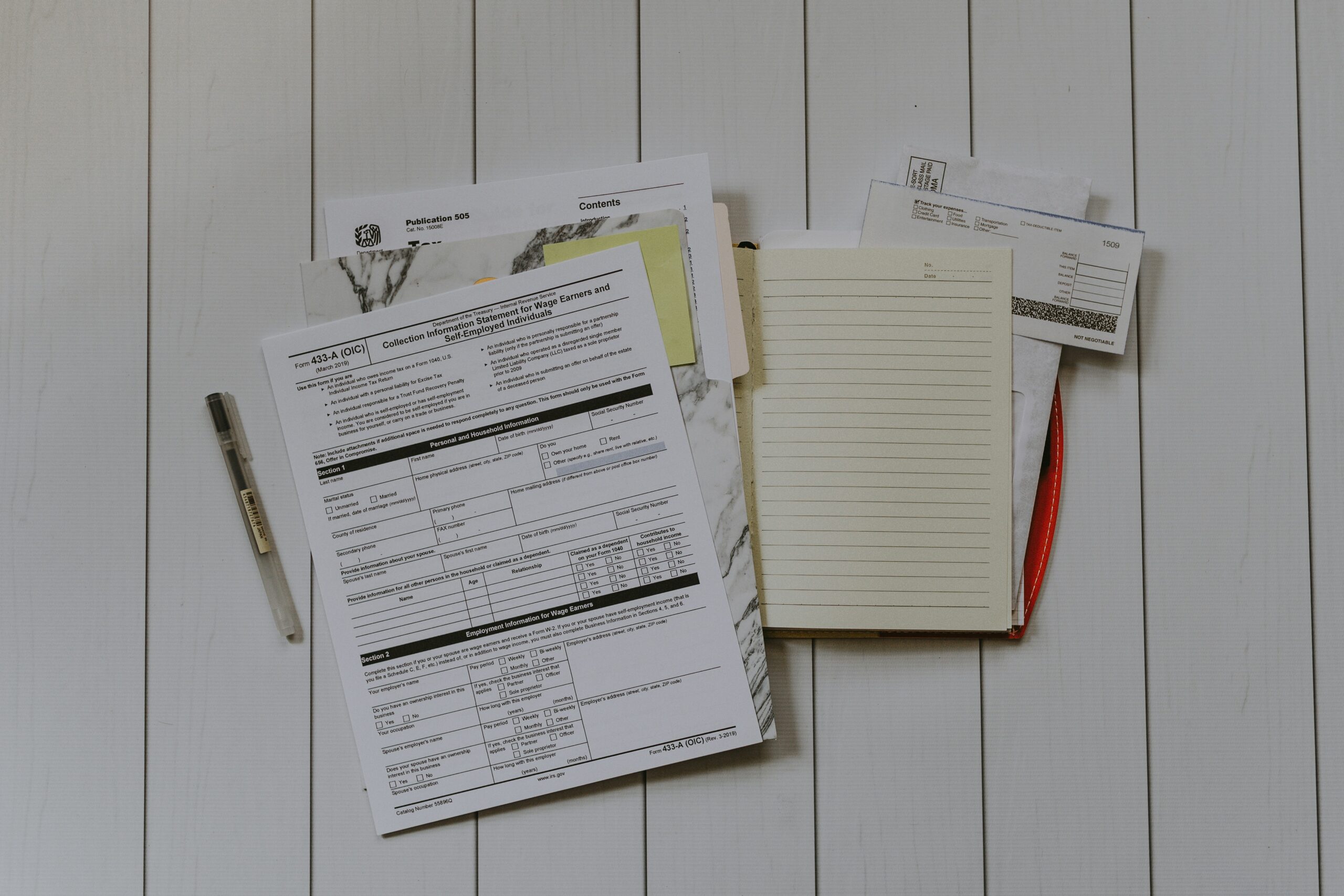Sales tax revenues and COVID-19
by March 4, 2021
A recent article in the New York Times posited that COVID-19 did not impact state revenues as much as states originally feared.
Could a controversial sales tax Supreme Court ruling have helped states ride out the economic storm? Let’s find out.
A brief history of the pandemic and sales tax revenue
When states began issuing lockdown orders in March 2020, departments of revenue also sprang into action. Many states allowed businesses extra time to file and remit sales tax due to Covid-19. California even allowed a payment plan. This was intended to keep businesses up and running by allowing them to keep more operating cash in their pockets.
However, states, whose legislatures were in session at the time, also tightened their belts and battened down the hatches in anticipation of another Great Recession.
Now, according to the New York Times, that recession didn’t come. At least, not for all states. While more than half of the states saw less tax revenue (including sales tax) than in 2019, the rout wasn’t as bad as expected.
So that’s great news, right? Yes, but with caveats. (Isn’t that always how it goes when it comes to sales tax?)
How COVID-19 has impacted state sales tax
While nearly half the states saw more tax revenue in 2020 than in 2019, sales tax revenues fell off a cliff. With many people out of work, or uncertain about the future, it’s no surprise that a consumption tax like sales tax fell as people tightened their belts.
But interestingly enough, the New York Times article quotes Dan White, director of government consulting and public finance research at Moody’s, that new economic nexus and marketplace facilitator laws actually helped the states avoid an even bigger sales tax drop off.
He’s referring, of course, to the fallout from South Dakota v. Wayfair, where states are now allowed to require more eCommerce sellers to collect sales tax from in-state buyers (and then remit it to struggling state coffers.)
eCommerce sales in the US, fueled by the pandemic, went up a whopping 44% from 2019 to 2020. It seems that states acted just in time to take advantage of these new sales tax revenues.
In fact, the four states with no statewide sales tax, as well as Florida and Missouri, which have not chosen to implement strict eCommerce sales tax laws, are among the states that have suffered the highest deficits when it comes to state tax collected.
For example, Florida, which doesn’t have a state income tax and has not yet passed any laws based on South Dakota v. Wayfair, saw state tax revenues plunge 11.3% from 2019 to 2020, according to the Urban-Brookings Tax Policy Center.
Back in May, we worried that states would respond to declining sales tax revenues by increasing the tax base or sending those dreaded sales tax audit letters to businesses. Maybe that won’t be the case now?
On the other hand, the New York Times piece is careful to note that this article is about state revenue. It doesn’t take into account local (city, county) revenue, or account for increased state spending due to the pandemic. States could see steady sales tax revenue, especially in the wake of increased eCommerce sales, as a buoy to keep them afloat amid continued uncertainty.
How TaxJar can help
While a lot may change, one thing will always stay the same: TaxJar can help you get compliant and stay compliant. We keep our finger on the pulse of sales tax news and updates so we can ensure sales tax rate accuracy and timely filing.
From automation tools like AutoFile to the TaxJar API to our award-winning customer support team, TaxJar can help you effortlessly adjust to any state-level changes that may come.
Ready to automate sales tax? To learn more about TaxJar and get started, visit TaxJar.com/how-it-works.








